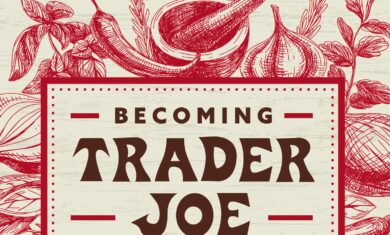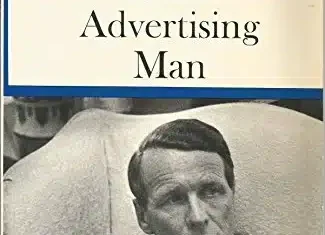In a recent study, it was shown that Chick-Fil-A had the fastest drive-thru speeds of all similar restaurants.
The exact same study also showed that Chick-Fil-A had the slowest drive-thru speeds of all similar restaurants.
How is that possible? Both of those statements are true, and both are accurate. In the study in question, it was determined that Chick-Fil-A had the longest total wait time in drive-thru lines (“the slowest”), but handled each car much more quickly than any other restaurant (“the fastest”). As you may have gathered, they simply have way more people visit their drive-thru each day than most restaurants.
Or how about these?
I could say “Driving was more dangerous in 1950” and I’d be right, and you could say that “Driving was safer in 1950” and you’d be right too…
- Driving was more dangerous in 1950. In 1950, 22 out of 100k died in accidents, while in 2017 only 11 out of 100k died in accidents.
- Driving is more dangerous now. More people died in car accidents in 2017 than they did in 1950 (37k vs 33k).
- I have an above average number of legs (across the world, the average is 1.99xx, and I have two!)
- More people are stabbed to death every year than killed by assault weapons (roughly 2,000 vs 400).
- Vaping has killed 18 people so far this year and is making big headlines. Smoking will kill around 480,000 this year.
We see this constantly with the news media, and it can be easy to be fooled. Darrell Huff has a great book titled “How to Lie with Statistics” and he explains this in much more detail. One quick example he mentions is that:
It assumed that newspaper space given to crime reporting is a measure of crime rate.
A bigger issue that we often face is a lack of adequate sample size. He gives a great example with a coin:
How results that are not indicative of anything can be produced by pure chance—given a small enough number of cases—is something you can test for yourself at small cost. Just start tossing a penny. How often will it come up heads? Half the time of course. Everyone knows that. Well, let’s check that and see…. I have just tried ten tosses and got heads eight times, which proves that pennies come up heads eighty percent of the time.
It’s a fascinating book and well worth your time to read. Understanding how companies and politicians will try to deceive you is important to understand, and it’ll allow you to more easily find the truth (or least uncover lies) when presented with “facts”.





Great observation Mickey! Very true in the world of marketing as well. It just begs the question when someone shares stats with you like, “We have the best service in the industry!” You have to ask, “Says who?” The answer to that question is the one we need to make sure clients have the proof to back up the claims they make!